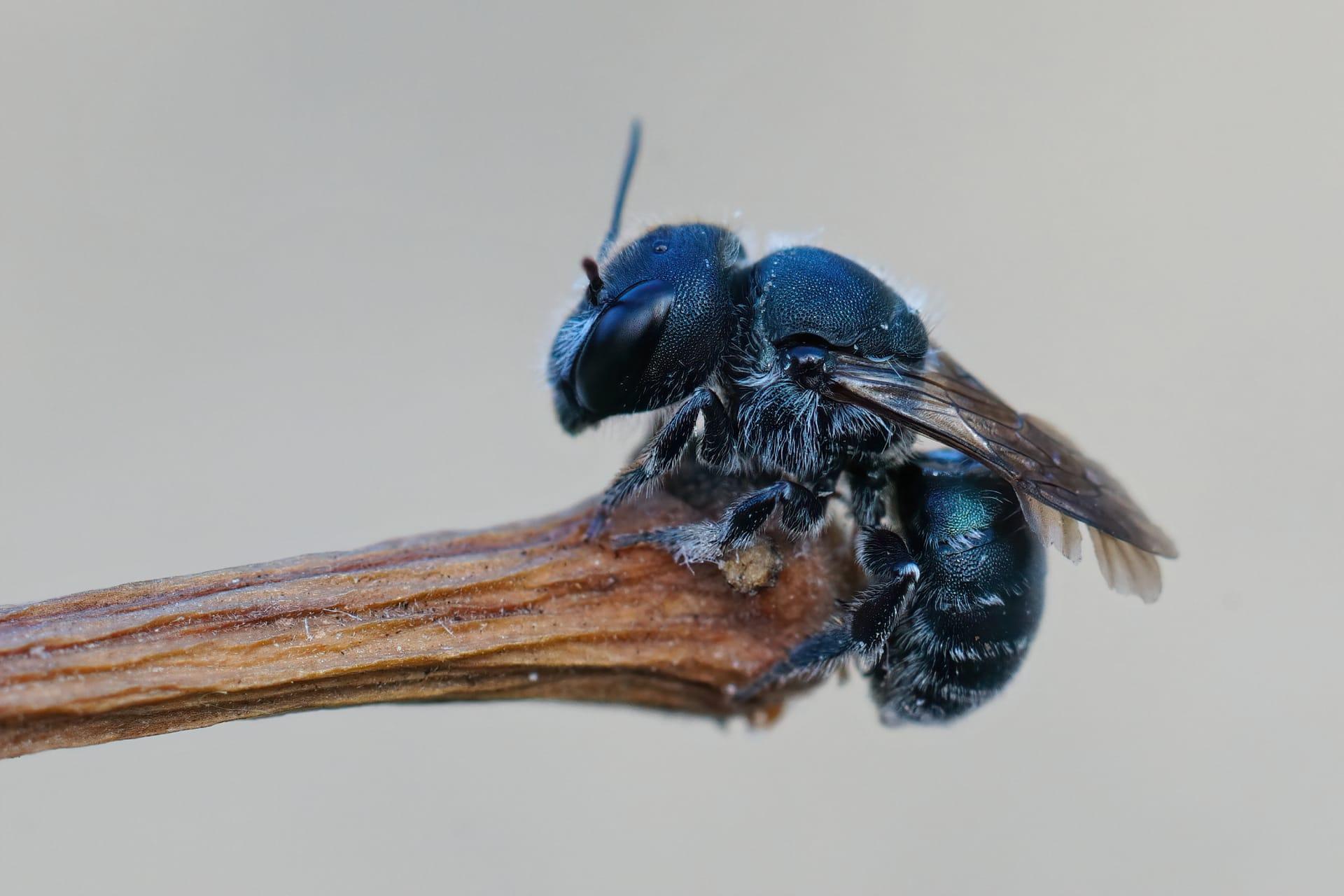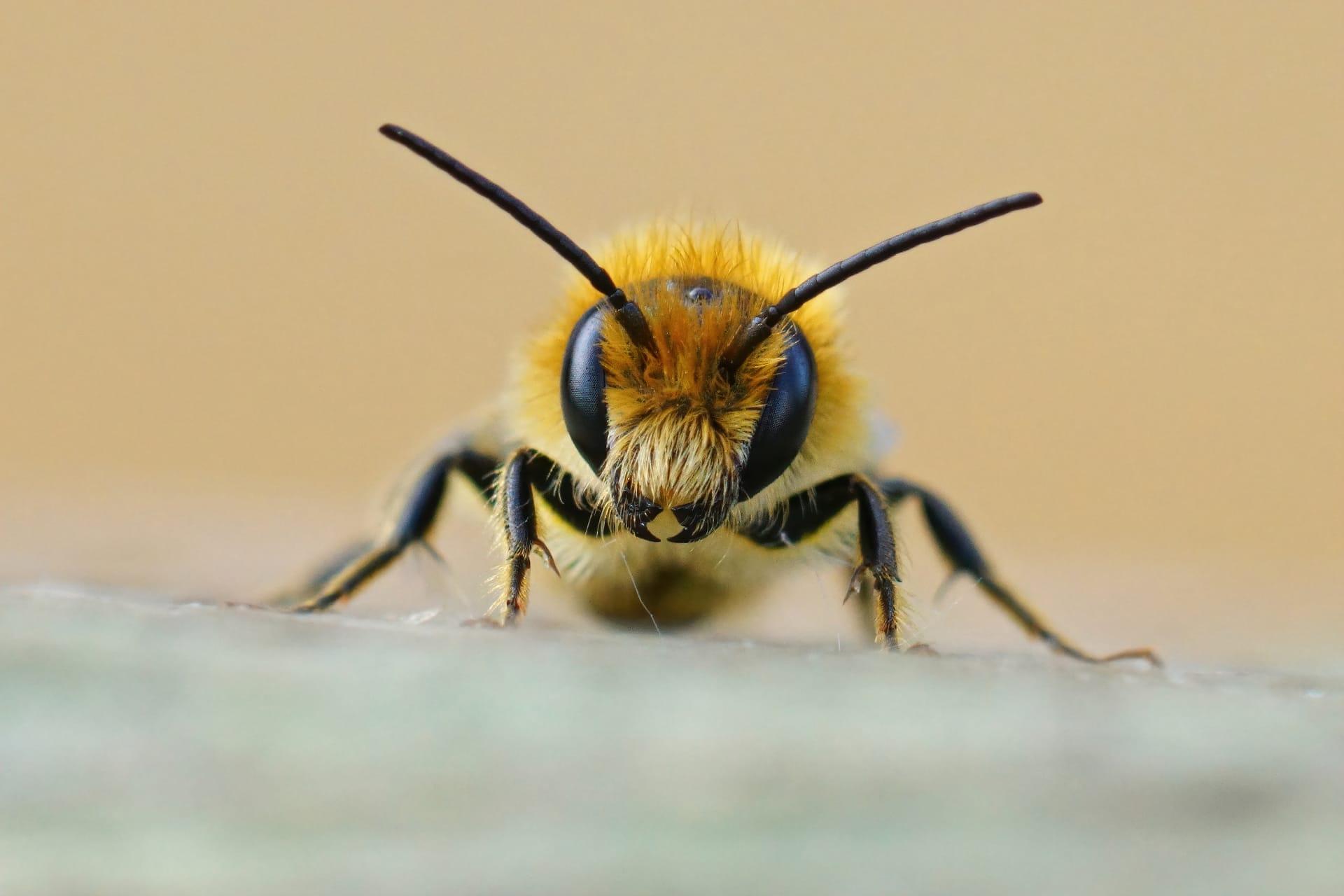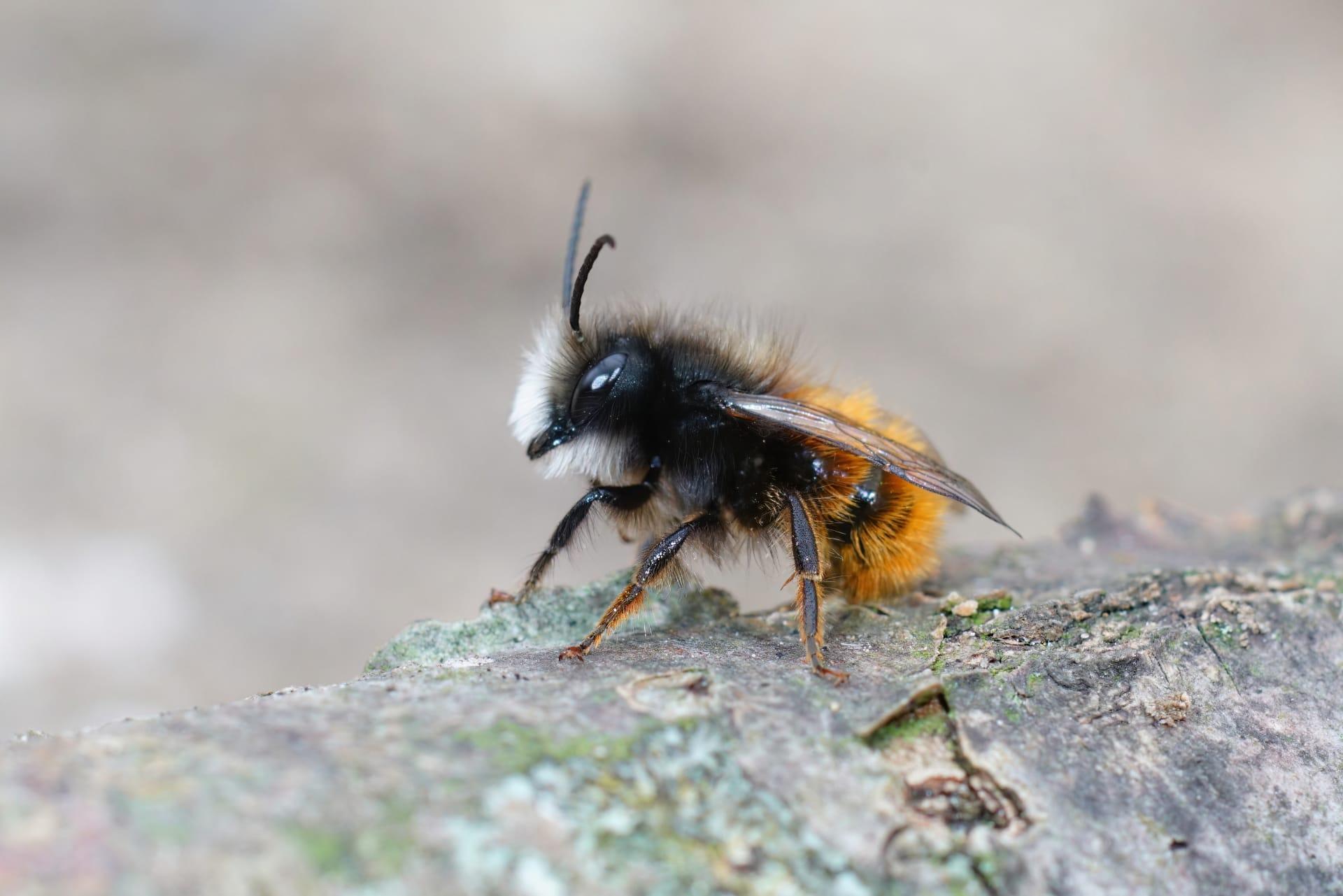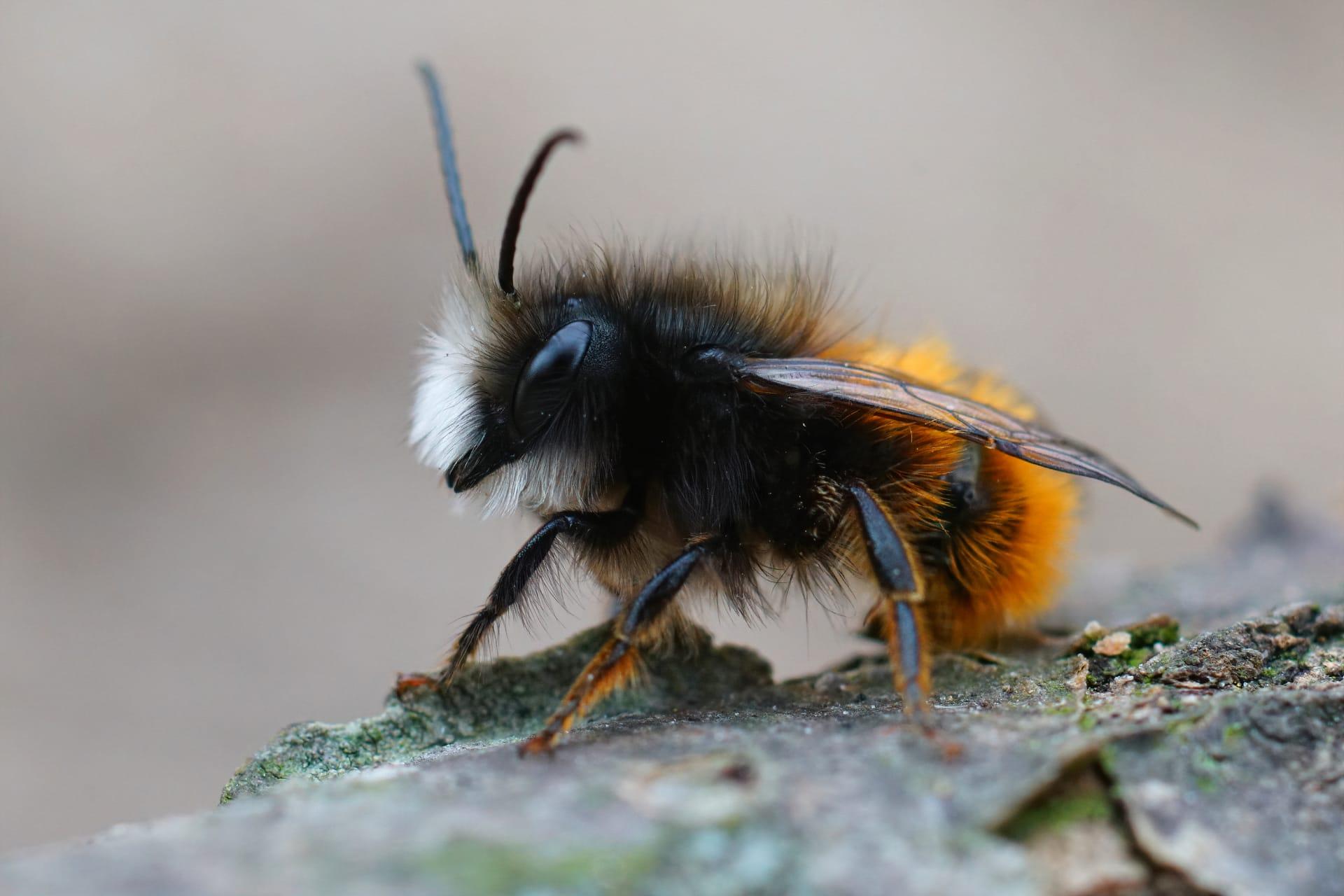Mason Bee
- Home /
- Mini Encyclopedia /
- Animal /
- Mason Bee
1
Mason bees, belonging to the genus Osmia, are a fascinating group of solitary bees renowned for their efficient pollination abilities. Unlike honeybees that live in colonies, mason bees are solitary creatures. They are part of the family Megachilidae, which is known for species that carry pollen on the underside of their abdomen rather than on their hind legs like many other bees. There are over 300 species of mason bees, with the majority found in the Northern Hemisphere.
The geographic distribution of mason bees is quite broad, extending across North America, Europe, and Asia. In North America, one of the most common species is the blue orchard bee (Osmia lignaria), which is widely distributed across the continent. These bees are especially adapted to cooler climates and are found in habitats ranging from woodlands and meadows to urban gardens. In Europe and Asia, other species of mason bees are similarly prevalent in various environments, often playing a crucial role in local ecosystems.

2
Question: Do mason bees produce honey like honeybees?
Answer: Contrary to popular belief, mason bees do not produce honey. While they are excellent pollinators, they differ significantly from honeybees in this aspect. Mason bees collect nectar and pollen for their larval food stores, but they do not convert these into honey. Each female mason bee independently builds her nest, usually in pre-existing cavities like hollow stems or wood holes, and she provisions each cell with a mixture of pollen and nectar for her offspring.

3
Mason bees have a unique survival strategy that revolves around solitary nesting. Each female individually selects a suitable nesting site, often in pre-existing holes in wood or hollow stems. She then meticulously constructs individual cells using mud, which gives them their name 'mason'. In each cell, she lays a single egg and provides a supply of pollen and nectar for the larva to feed on after hatching.
Another key survival strategy is their timing of activity. Mason bees are early spring pollinators, emerging before many other bee species. This timing allows them to take advantage of early blooming flowers and avoid competition. Moreover, their body structure, particularly their dense belly hairs, makes them efficient pollinators, often more so than honeybees, especially in cooler temperatures.

4
In the ecosystem, mason bees play a pivotal role in pollination. They are particularly vital in the pollination of early spring flowers, including fruit trees like apples, cherries, and almonds. Their efficiency in pollination can sometimes surpass that of honeybees, making them invaluable in certain agricultural settings.
Moreover, mason bees contribute to biodiversity. By pollinating a wide variety of plants, they support the health and survival of many plant species, which in turn benefits the entire ecosystem, including other insects, birds, and mammals. Their presence in an environment is often an indicator of a healthy, functioning ecosystem.

5
Film: "The Secret Life of Bees: Mason Bees' World" is a documentary released in the United States in 2019. It explores the life cycle and ecological importance of mason bees. The film provides an intimate look at how these bees interact with their environment, their role in pollination, and the challenges they face in the modern world.
Book: "The Mason Bee Revolution" by Dave Hunter and Jill Lightner, published in the United States in 2016, offers an in-depth exploration of mason bees. It covers their biology, the role they play in our ecosystem, and practical tips for attracting and keeping these bees in gardens.
Book: "Attracting Native Pollinators: The Xerces Society Guide," published in 2011 in the United States, is a comprehensive guide that includes a section on mason bees. Authored by the Xerces Society, this book details the importance of native pollinators, conservation strategies, and how to create habitats to support them, including mason bees.